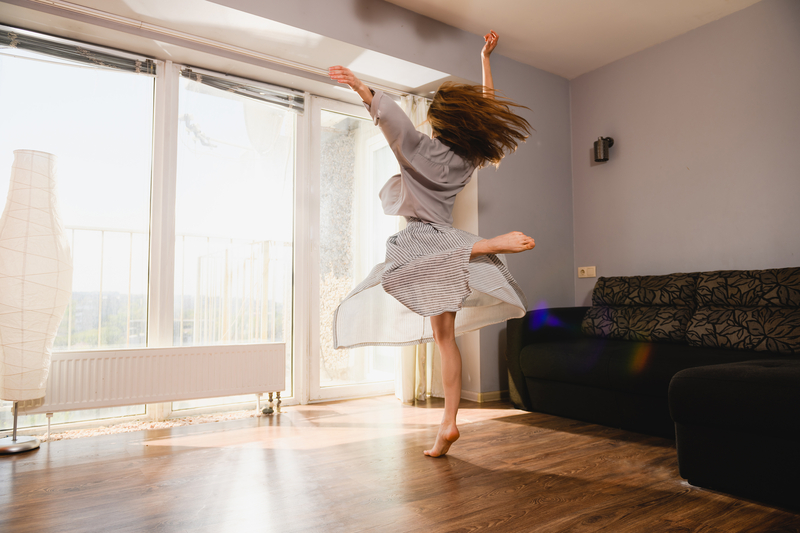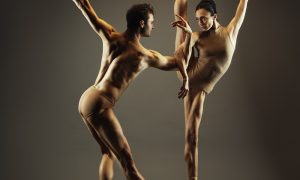These days, you may find it harder to stay present, especially when being in the moment reminds us that things are not what they used to be. The inability to be present can lead to a decrease in body awareness, which has a huge impact on our movement overall. As we continue to live in this pandemic and move into the colder darker months, it is even more important that we utilize movement for resilience and well-being. You may be wondering how changing your movement increases your emotional resilience. Let’s break it down.
Resilience is the capability to “bounce back” or overcome difficult circumstances. It is essentially elasticity of the mind. When you expand your movement and the aesthetics of that movement, you create more elasticity in the body. The mind and body are connected, so essentially elasticity in the body leads to elasticity of the mind. The more movement you have at your disposal, the greater ability you have to move through stressors in your life or just keep moving period, even when we you don’t know what the future holds.
You have the power to slow down, observe and take action. By challenging your status quo and moving outside your comfort zone, you create greater capacity to handle stress and the emotions that come with it. Think of it as your emotional gas tank. Adding to your movement profile, or all the movement at your disposal, creates a larger reserve, which means less breakdowns on the side of the road as well as less trips to the gas station.
When you increase your movement and body awareness, you get more emotional miles per gallon. So how do you maximize your emotional miles per gallon through movement to support resilience and overall well-being? Here are some tips:
#1. Bring attention to your movement.
You are moving all the time, but so much of it is unconscious. In order to become more aware of our body, we must pay attention. You are already using your phone, right? So make it work for you! Set a reminder or alarm on your mobile device to check in with your body. How does it feel? What parts of your body are tight? Loose? What parts are you aware of, and what parts need more attention?
#2. Challenge your movement.
Engaging in the same movement pattern or habits doesn’t do anything for your body or mind. In fact, it can reinforce the “stuck” feeling you may already be experiencing. Challenging your movement isn’t about making it more difficult but rather uncomfortable. It is in the discomfort where you grow and change. Try a new way of moving, switch positions, “shake” it up! Notice what movement is safe and comfortable, and invite in the possibility or potential for something out of your comfort zone. Sometimes just the thought of this can bring on anxiety. It is important not to push yourself, but again challenge even the idea of new and different movements.
#3. Keep a movement journal.
Keeping a journal may not be your cup of tea, but it can be a great way to create awareness and support your mental health. You can participate in the Body Awareness for Mental Health Journal by asking yourself these three questions:
- What is one sensation I am feeling in my body right now?
- How does or will this (sensation) impact my mental health?
- What ways can I manage or address this (sensation) to support positive mental health?
Here is an example:
- I am feeling tension in my shoulders.
- Tension in my shoulders usually means I am overwhelmed and taking on too much.
- I will be careful not to add anymore tasks to my schedule and set aside time to connect with myself through a self-care practice (i.e. hot bath, quiet time, dance or yoga).
Try this in the morning as a way to start your day; setting an intention and paying attention to your movement and body will help hold yourself accountable before the business of the day sets in. You can also use a journal to keep track of how you are challenging your movement and how your body awareness is changing.
These are just small ways to increase your awareness through movement. But remember that small changes can have a big impact. Movement, no matter how small, can have a large influence on your overall well-being and more specifically your mental health.
Looking for more support?
My workbook, Body Awareness for Mental Health, is for you! Rooted in theories and methodologies from the field of dance/movement therapy, this workbook is designed for:
- Anyone looking for a more holistic approach to mental health.
- Individuals who have reached a plateau in traditional talk therapy.
- Anyone who has difficulty accessing and processing emotions.
- Anyone who is disconnected from their body due to trauma, anxiety and stress.

By Erica Hornthal, LCPC, BC-DMT, Dance/Movement Therapist.
Erica Hornthal is a licensed professional clinical counselor and board certified dance/movement therapist based in Chicago, IL. She received her MA in Dance/Movement Therapy and Counseling from Columbia College Chicago and her BS in Psychology from the University of Illinois Champaign-Urbana. Erica is the founder and CEO of Chicago Dance Therapy, the premier dance therapy and counseling practice in Chicago, IL. As a body-centered psychotherapist, Erica assists clients of all ages and abilities in harnessing the power of the mind-body connection to create greater awareness and understanding of emotional and mental health. For more, visit www.ericahornthal.com.













